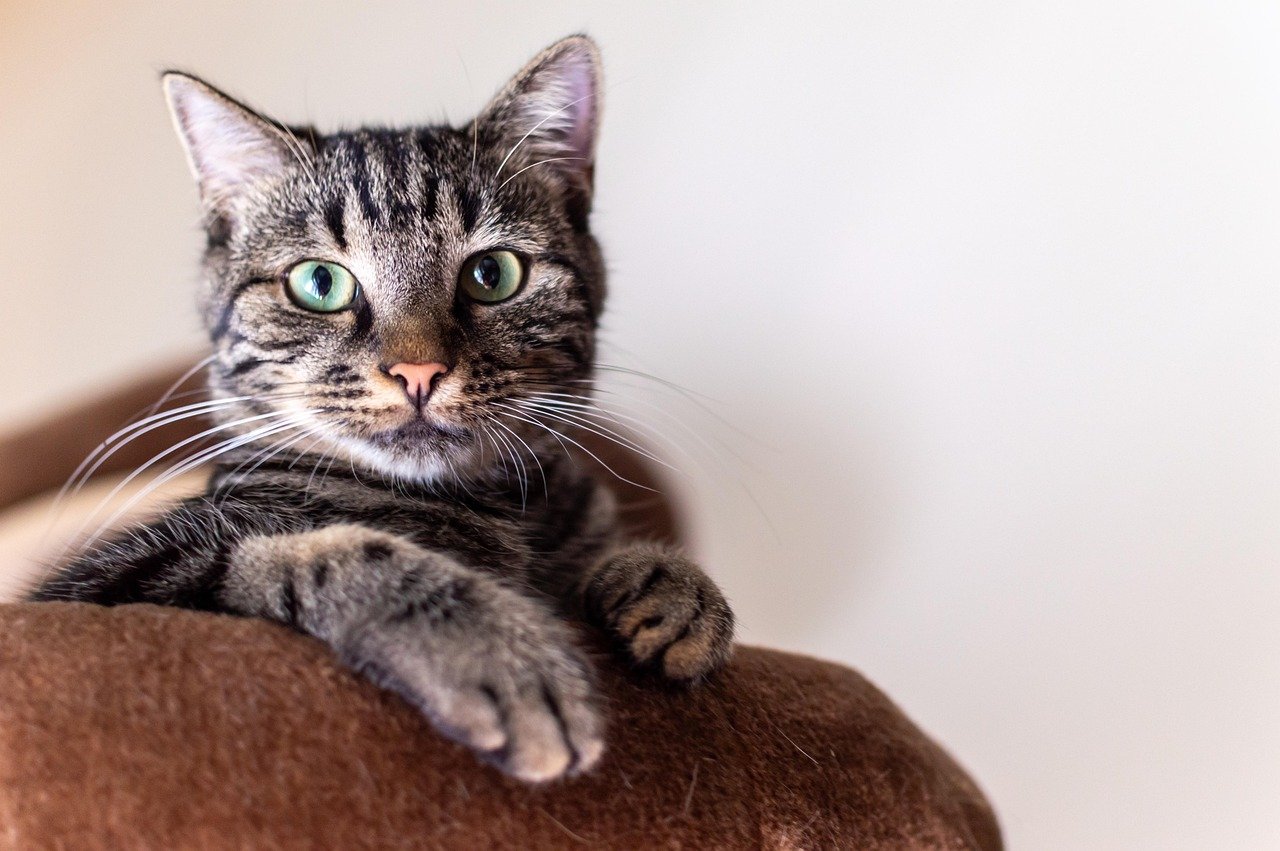Watching your cat saunter away when you approach, only to lavish attention on your neighbor who “doesn’t even like cats,” can be heartbreaking. You feed them, provide a cozy home, and shower them with love, yet they remain aloof. Here’s the truth: building trust with a cat isn’t about grand gestures or expensive toys. It’s about understanding their language, respecting their boundaries, and becoming someone they feel genuinely safe around.
The journey to earning your cat’s trust might take weeks, months, or even longer, but the reward – a deep, meaningful bond with one of nature’s most discerning creatures – is absolutely worth it.
Understanding the Science Behind Feline Trust
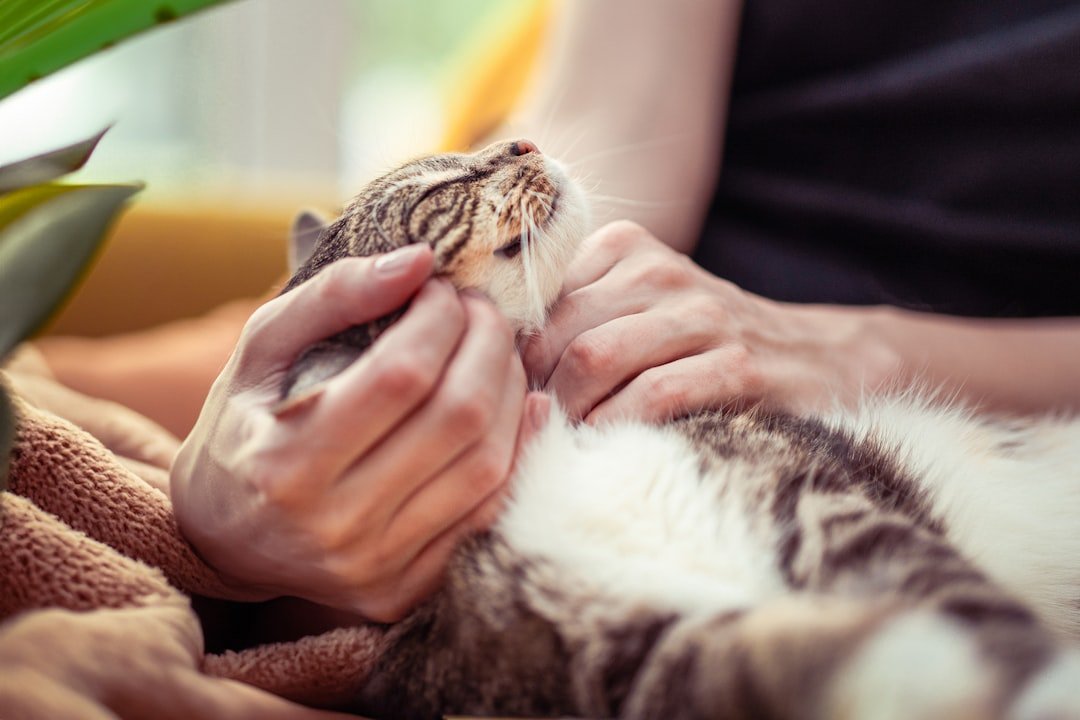
Trust takes time to build, and no matter what type of cat you have, building your cat’s trust is an important step in your relationship with your kitty. Unlike dogs, who often trust first and ask questions later, cats are naturally cautious creatures with a sophisticated survival instinct.
Building a bond with your cat can take time and patience. Their evolutionary history as both predator and prey has hardwired them to be selective about who they trust. When a cat chooses to trust you, they’re essentially saying you’ve passed their rigorous security assessment.
When your cat trusts you, it’s a sign that you have a strong bond. The stronger the bond you have with your cat, the more mutual benefits you receive, including reduced stress and improved emotional well-being for both of you. This isn’t just feel-good talk – it’s backed by science.
Recognizing the Silent Signs Your Cat Already Trusts You

Before diving into building trust, you might already have more progress than you realize. Cats use slow blinking to demonstrate affection and trust. When your cat looks at you and deliberately closes their eyes slowly, they’re essentially giving you a feline kiss.
The ultimate compliment is if they want to sleep on you – being close to you when they are at their most vulnerable is a definite sign that you have earned your cat’s trust. Yes, a cat trusts you if they sleep next to you. Sleeping, cuddling, and following you around are signs that a cat has formed a bond with you.
Another powerful indicator is when your cat shows you their belly. Is your cat rolling on their back to show their belly? That’s a wonderful sign of cultivating trust, though remember this isn’t necessarily an invitation for belly rubs.
The Power of Respecting Personal Space
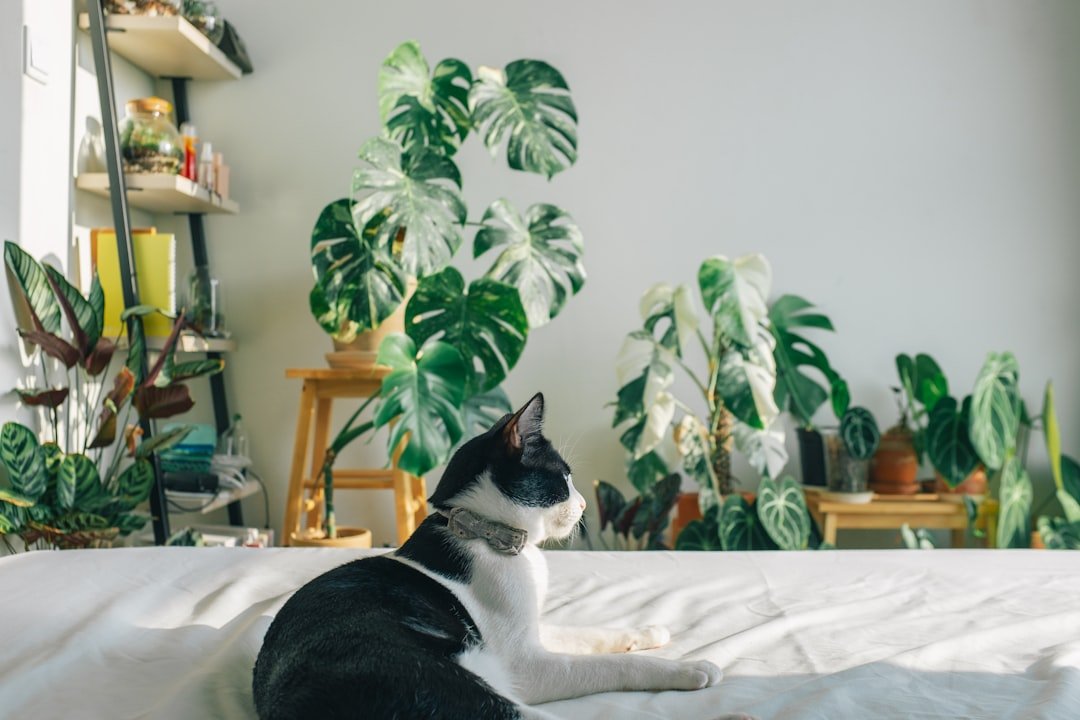
Respect your cat’s space. Your cat will need some time to settle in if she’s new to the home; some take longer than others to do this. Let your cat find comfortable spots to hang out, and don’t invade those spaces. This might feel counterintuitive when you desperately want to bond, but giving your cat space is actually one of the fastest ways to earn their trust.
Cats enjoy their independence and will let you know when they would like your attention. Think of it like being at a party where someone gives you room to breathe versus someone who hovers constantly. Which person would you gravitate toward?
Give your cat choices and respect the choice she ends up making. Whether it’s a place to nap or perch, or an opportunity to play (or not), letting your cat decide what she wants to do will build her confidence and help her learn that you are not going to force her to do anything. Cats become stressed when they have no control over their environment.
Mastering the Art of Cat Body Language

Observe body language. Your cat will communicate first and foremost with her body language. Respect what she is telling you. Learning to read these signals is like learning a foreign language – suddenly, a whole world of communication opens up.
Slow blink: Trust and friendliness. Return a slow blink to affirm the bond. This simple exchange can work miracles. Many cats respond positively to humans who “speak their language” through slow blinking.
Is she crouched away from you or is her body oriented towards you and more welcoming? Is she flicking her tail as a sign of annoyance, or is it relaxed? Pay attention to her ear positions, how wide her eyes are, and body position. These subtle cues tell you everything you need to know about your cat’s current emotional state.
Creating Positive Associations Through Smart Interactions
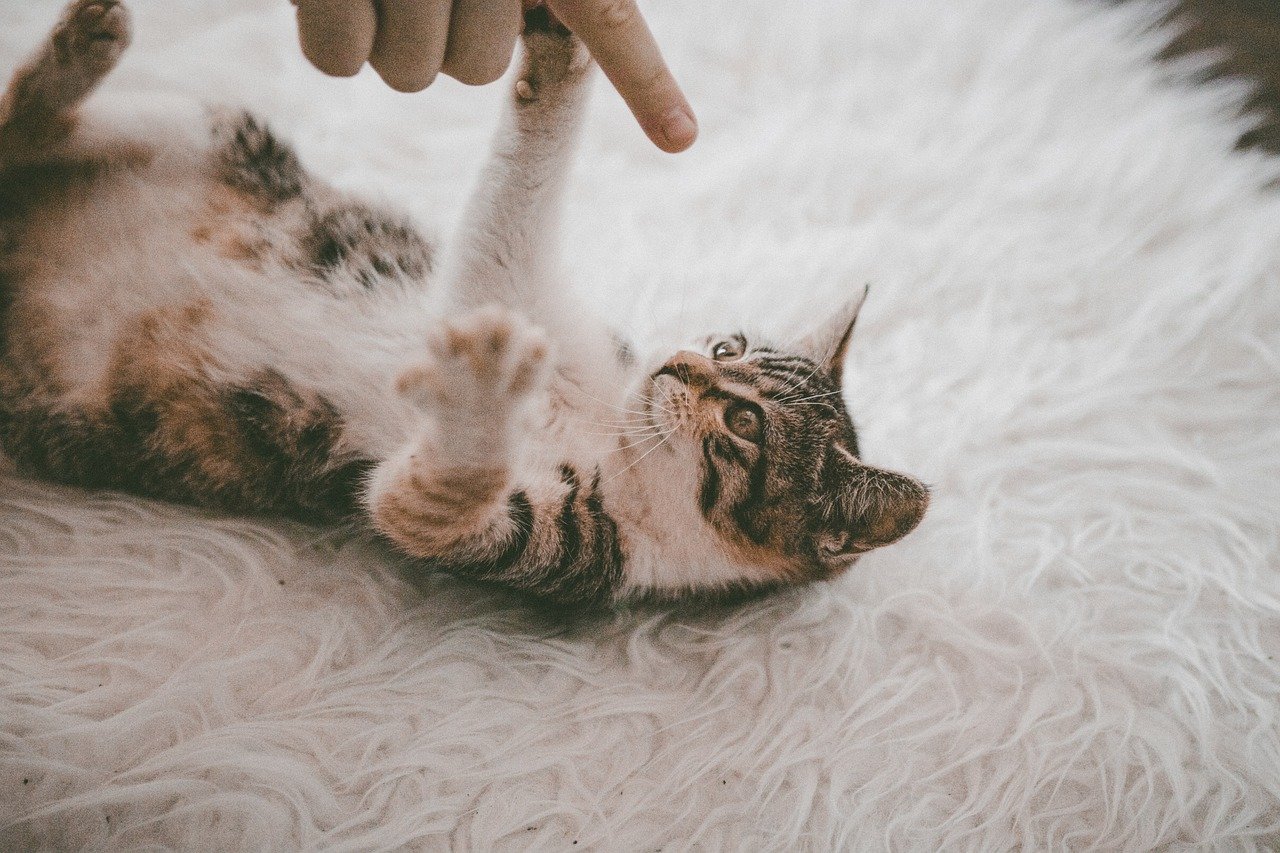
Take every opportunity you can to create a positive association with you! Use positive reinforcement to reward positive interactions. You can use treats, a soothing voice, play, or even petting (if she likes it) to reward any good behavior.
Cats are instinctively wary, so they don’t take treats easily from strangers’ hands, unlike many dogs. If you can feed them snacks or food from your hand, it’s a sure sign they trust you. Work up to this gradually – start by placing treats near you and slowly decrease the distance over time.
Every interaction should leave your cat feeling better than before. If you notice your cat becoming tense or moving away, that’s valuable feedback. Don’t force a friendship – let your cat decide how comfortable she is and when she wants to interact with you. Cats learn a lot just through observation, so even though you may not be directly interacting with her, she’s learning a lot about you if she’s simply watching you from a window perch or the couch. Let her watch and learn about your movements, smells, and sounds!
Building Trust Through Predictable Routines

Establish a routine! Cats are creatures of habit but this doesn’t mean that the routine has to be boring. Ensure there are positive interactions between you and your cat throughout the day which can help build a trusting relationship between you. Consistency becomes your superpower when building trust.
Pets rely on routines to feel comfortable and happy, so the best way to build a trusting relationship with your cat is to turn boring routines into positive interactions. If you do that, you’ll likely notice these common signs your feline puts their trust in you. Transform mundane activities like feeding time, grooming, or even litter box cleaning into opportunities for positive bonding.
Cats are creatures of habit, and maintaining a consistent daily routine can help build trust. Feed them at the same times every day and keep their sleep and playtimes consistent. This predictability helps your cat feel secure because they know what to expect from you.
The Trust-Building Magic of Interactive Play
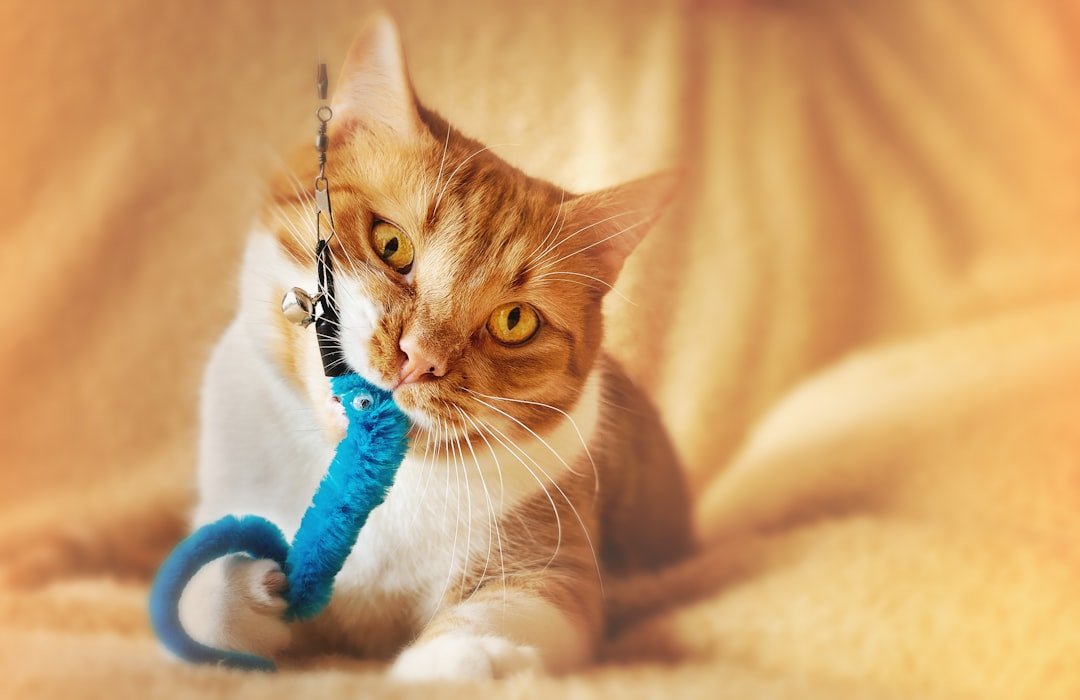
Play regularly and often with your cat. Cats start socializing as kittens with play. They learn to trust each other, define boundaries, and interact mindfully thanks to their hunting instinct. When a cat is playing, they’re in hunting mode, and when in hunting mode, cats are fearless.
Play isn’t just fun – it’s fundamental to building trust. Figure out what kinds of toys your cat responds to and play with them as much as you can. Shy cats may prefer toys focused on a distant object, such as a feather wand or laser pointer. This gives nervous cats a way to interact with you while maintaining a comfortable distance.
Play-time can be really fun for both of you, for example, but be careful – what you might think is playing might be interpreted as aggressive teasing or taunting by your cat. Always use toys to play, and let her catch the toy occasionally. Success during play builds confidence, and confident cats are more trusting cats.
Physical Touch: Proceeding with Feline Wisdom
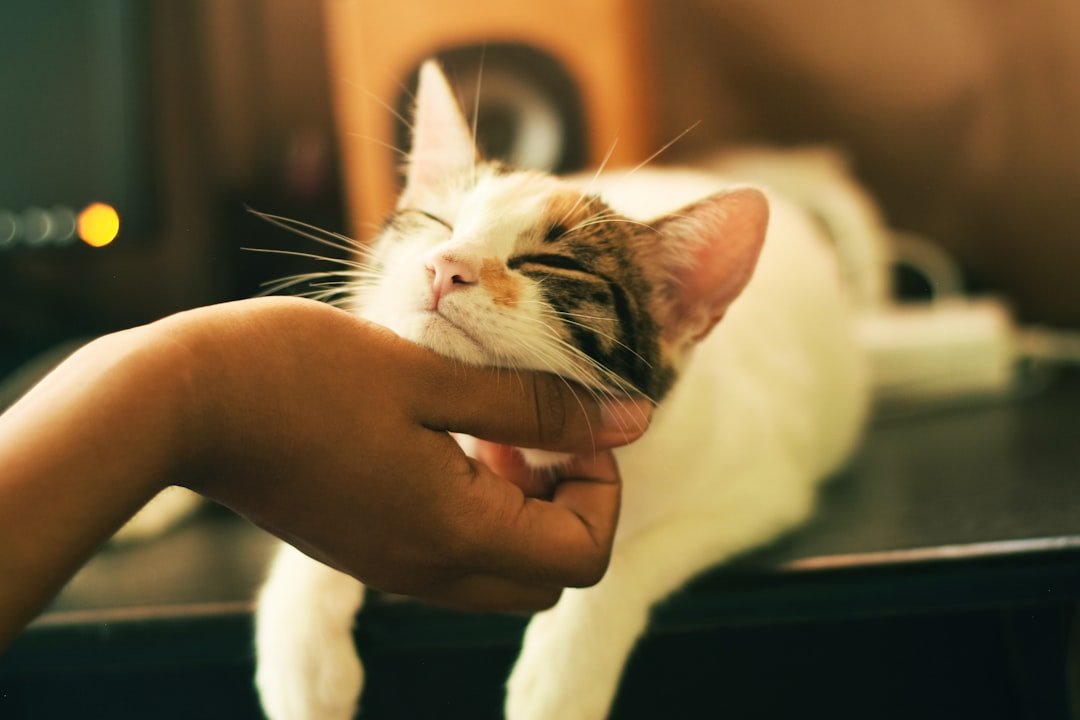
Learn your cat’s limits to being touched. Take a gradual approach to learning where and how your cat likes to be touched. Never poke or tease when attempting to touch or pet your cat; always use predictable movements. Be aware of her body language to learn where and how your cat likes to be stroked or petted.
Most cats prefer being petted on their head, behind their ears, and under their chin – areas they can’t easily groom themselves. When they come closer, even if it’s within reach, don’t break the trust and don’t try to touch them; that could break the trust you’ve built. The first contact with a cat should always be initiated by the cat.
Gentle handling: Handle your cat gently and with care. Avoid rough play or handling that might scare or hurt them. This helps them associate you with positive experiences. Your hands should always mean good things – never punishment or forced affection.
When Trust Takes Time: Patience for Fearful or Rescue Cats
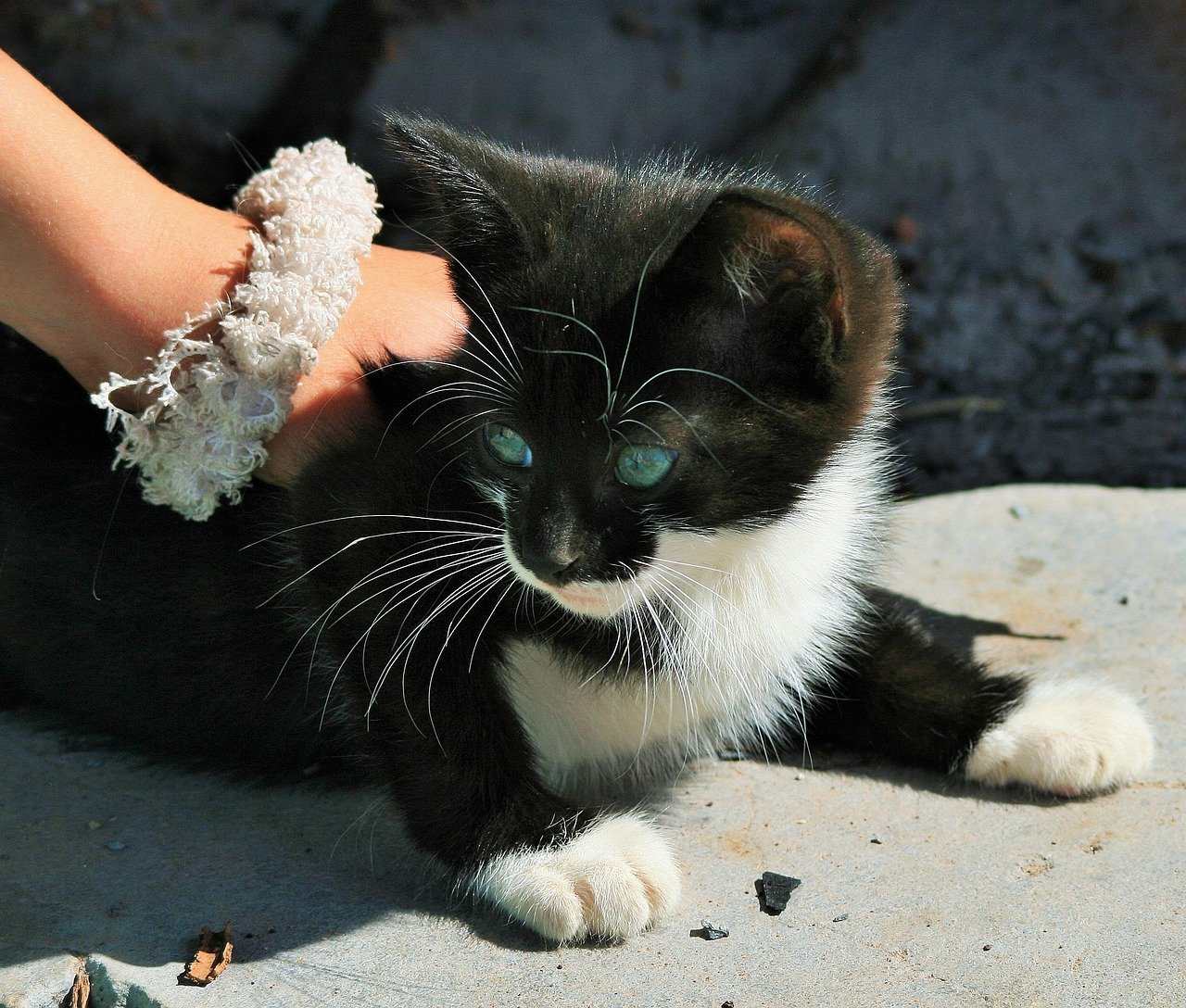
Some cats arrive in our homes carrying invisible baggage from past experiences. If your cat is new to your home, they may not show any of these signs, yet, but be patient. Evasive behavior and hiding indicate that they need more time. Treats/toys/catnip will help cats become comfortable.
Cats don’t have any need for socialization, and if they don’t like or trust you, they will simply walk away. When a cat is curious enough to stay around you, even if they don’t allow you to touch them, they are being curious and trusting. If your cat eats when you are around, even if you are not able to reach them, they are being vulnerable by not looking at you and focusing on the meal. This is a good sign that the cat is starting to trust you.
It takes time for cats to form a trusting bond and to feel 100% secure with you. Hence, the most important tip is to give your cat time and to pay attention to its needs. Remember, every small step forward is progress worth celebrating.
Conclusion: The Reward of Earned Trust
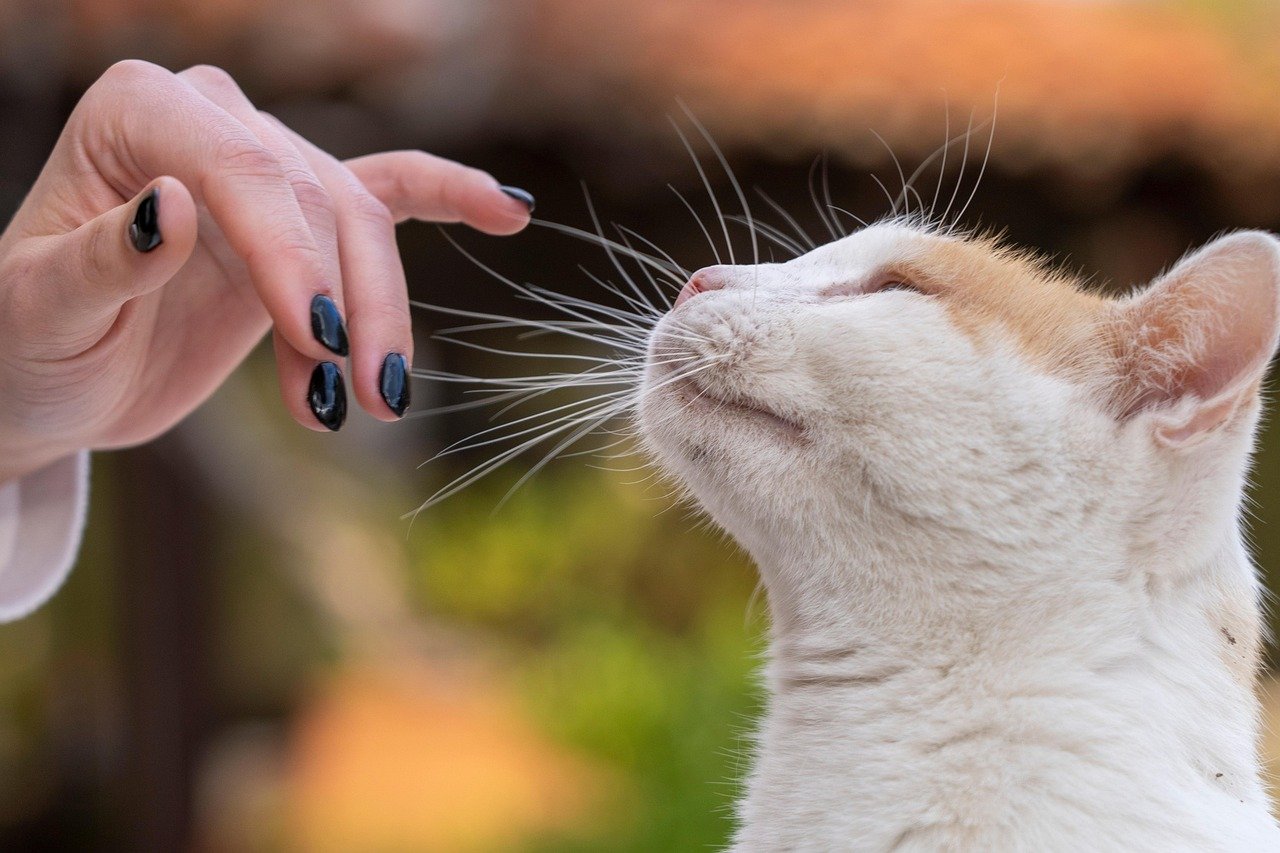
Building trust with your cat isn’t about quick fixes or shortcuts – it’s about becoming the kind of person a cat feels safe choosing. It’s much easier to build your cat’s trust from the get-go then to try to re-build it after you’ve broken it; however, cats are often forgiving creatures and they don’t hold grudges. With time, you can improve (or repair) the relationship with your cat to one of comfort, ease, and predictability.
The moment your cat first slow-blinks at you, curls up nearby while you read, or reaches out a tentative paw to touch your hand, you’ll understand why this journey matters so much. You haven’t just gained a pet’s trust – you’ve been chosen by one of nature’s most discerning creatures as worthy of their vulnerability and affection.
Trust between you and your cat transforms your entire relationship from mere coexistence to genuine partnership. What small step will you take today to show your cat you’re trustworthy?

Andrew Alpin from India is the Brand Manager of Doggo digest. Andrew is an experienced content specialist and social media manager with a passion for writing. His forte includes health and wellness, Travel, Animals, and Nature. A nature nomad, Andrew is obsessed with mountains and loves high-altitude trekking. He has been on several Himalayan treks in India including the Everest Base Camp in Nepal.

